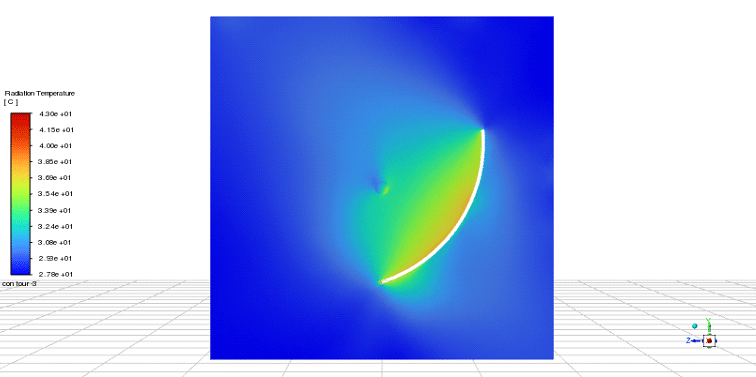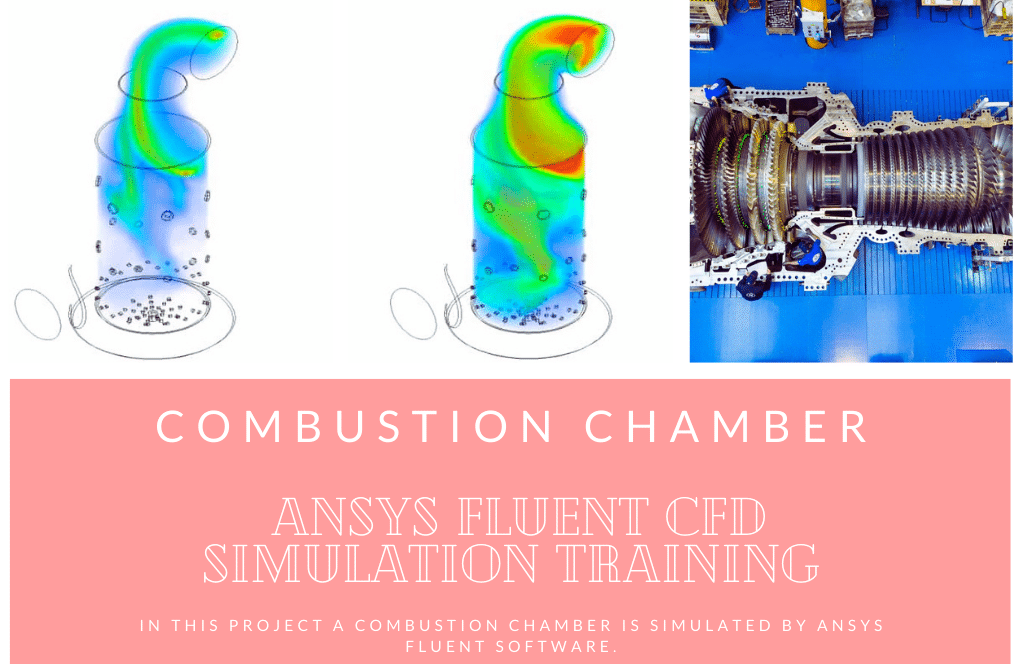Solar Collector CFD Simulation considering Parabolic Through Reflector, ANSYS Fluent
$120.00 $60.00 Student Discount
- In this project, a Parabolic Through reflector is simulated using ANSYS Fluent software.
- The geometry is designed using Spaceclaim software, then ANSYS Meshing software is used to generate 1,330,520 Polyhedral elements.
- Discrete Ordinates (DO) model is employed to simulate radiation.
To Order Your Project or benefit from a CFD consultation, contact our experts via email (info@mr-cfd.com), online support tab, or WhatsApp at +44 7443 197273.
There are some Free Products to check our service quality.
If you want the training video in another language instead of English, ask it via info@mr-cfd.com after you buy the product.
Description
Description
In this project, we simulate a Parabolic Through reflector using ANSYS Fluent software. A parabolic trough reflector is a type of solar energy collector. It consists of a long parabolic-shaped mirror that focuses sunlight onto a receiver tube positioned at the focal line of the parabola. This concentration of solar energy heats a fluid inside the tube, which can then be used to generate steam and produce electricity via a turbine.
The geometry is designed using Spaceclaim software. A part of system with 3m longitude is considered. Then, it is meshed in ANSYS Meshing software. The total number of Polyhedral elements is 1,330,520.
Methodology
In order to simulate the problem, the Discrete Ordinates (DO) radiation model is employed along with Laminar model. The laboratory is located in Egypt, so the longitude, latitude and time zone is set based on real data.
Results
The water flows in the tube with 25°C and the ambient temperature is also the same. Thus, it is just the radiation that can help to increase water temperature. Note that, the velocity magnitude of water is 0.1m/s. In this specific time, the solar irradiation is 968 W/m2. The software reports the outlet temperature as 26.45°C which means about 1.5 degree increment in temperature. The contours clearly show how the parabolic plates are reflecting the most of irradiation through the tube. Moreover, the plate surface temperature is 36°C.










Reviews
There are no reviews yet.